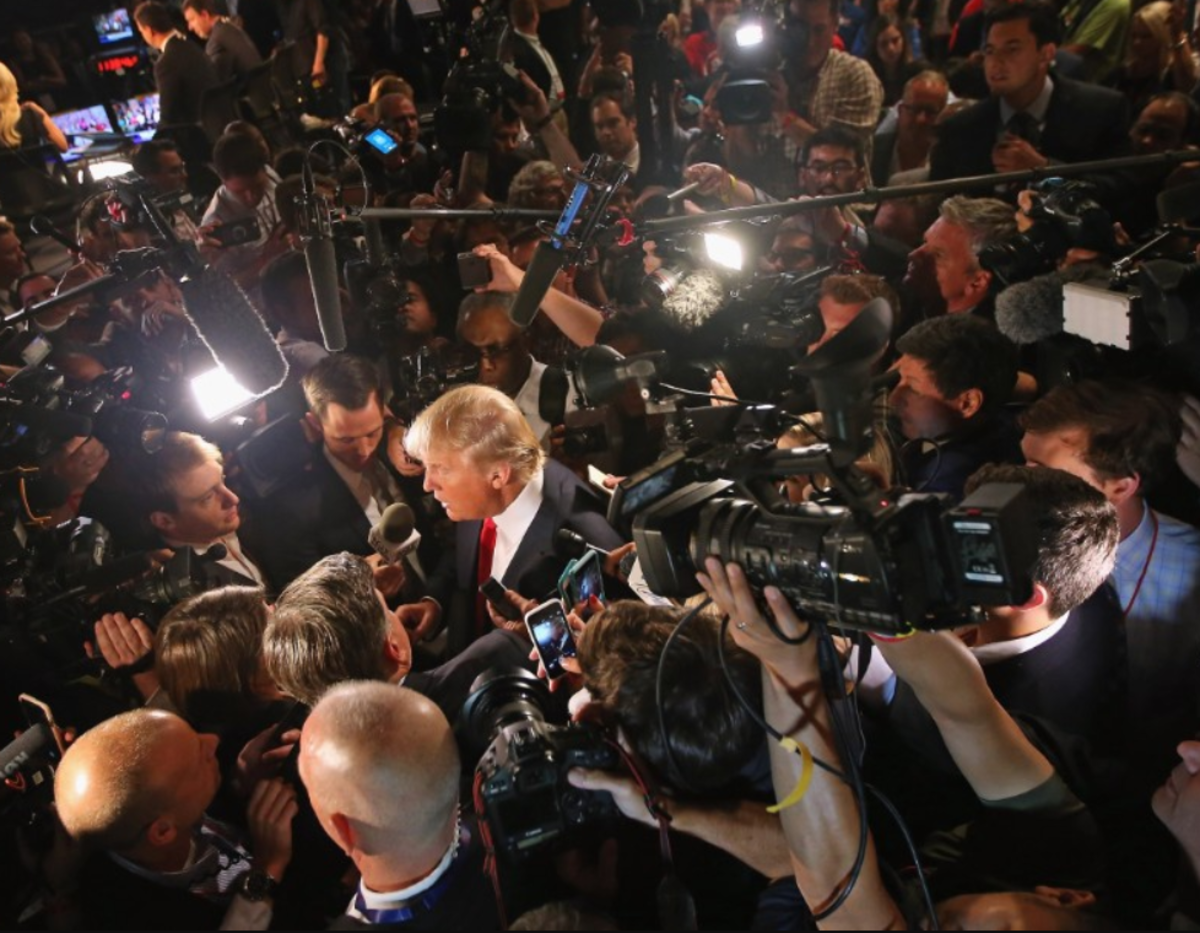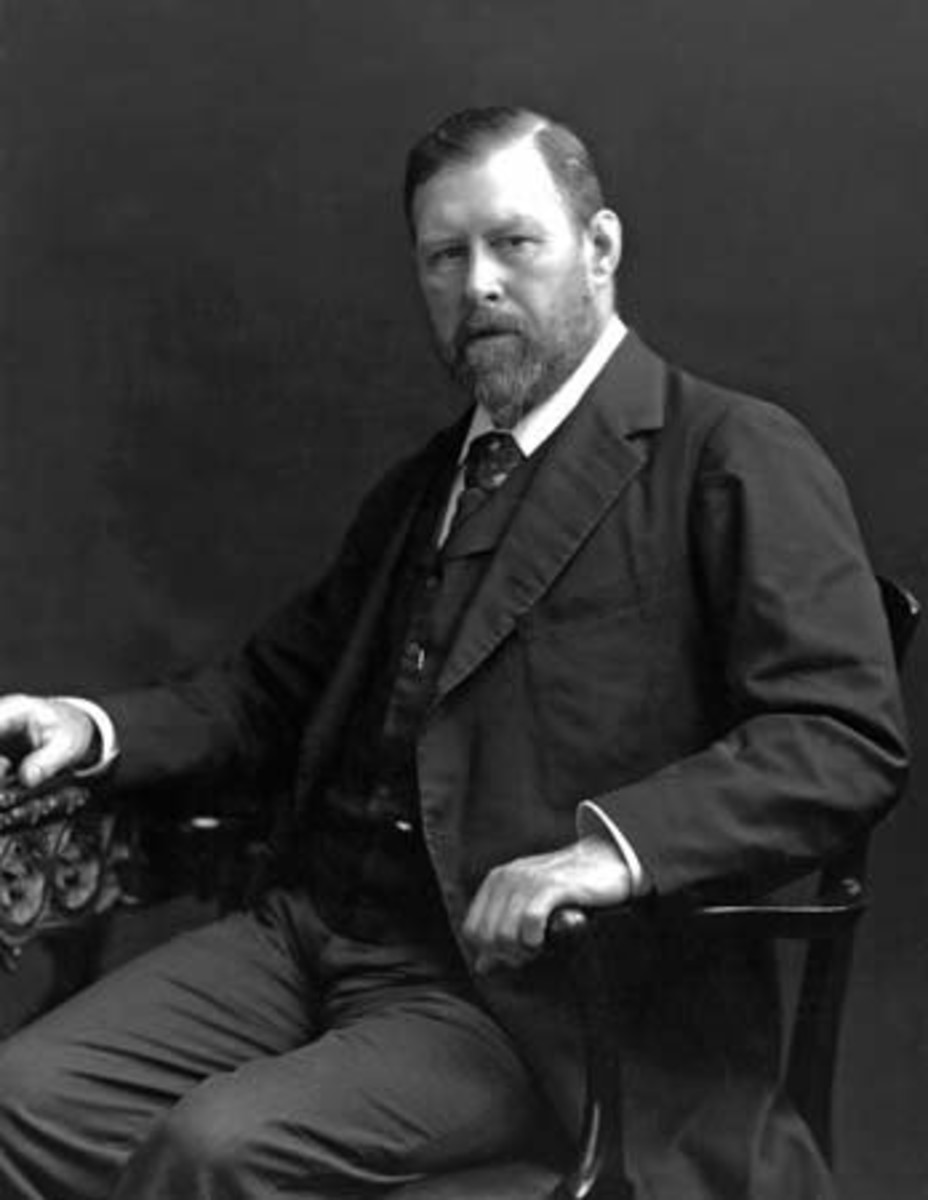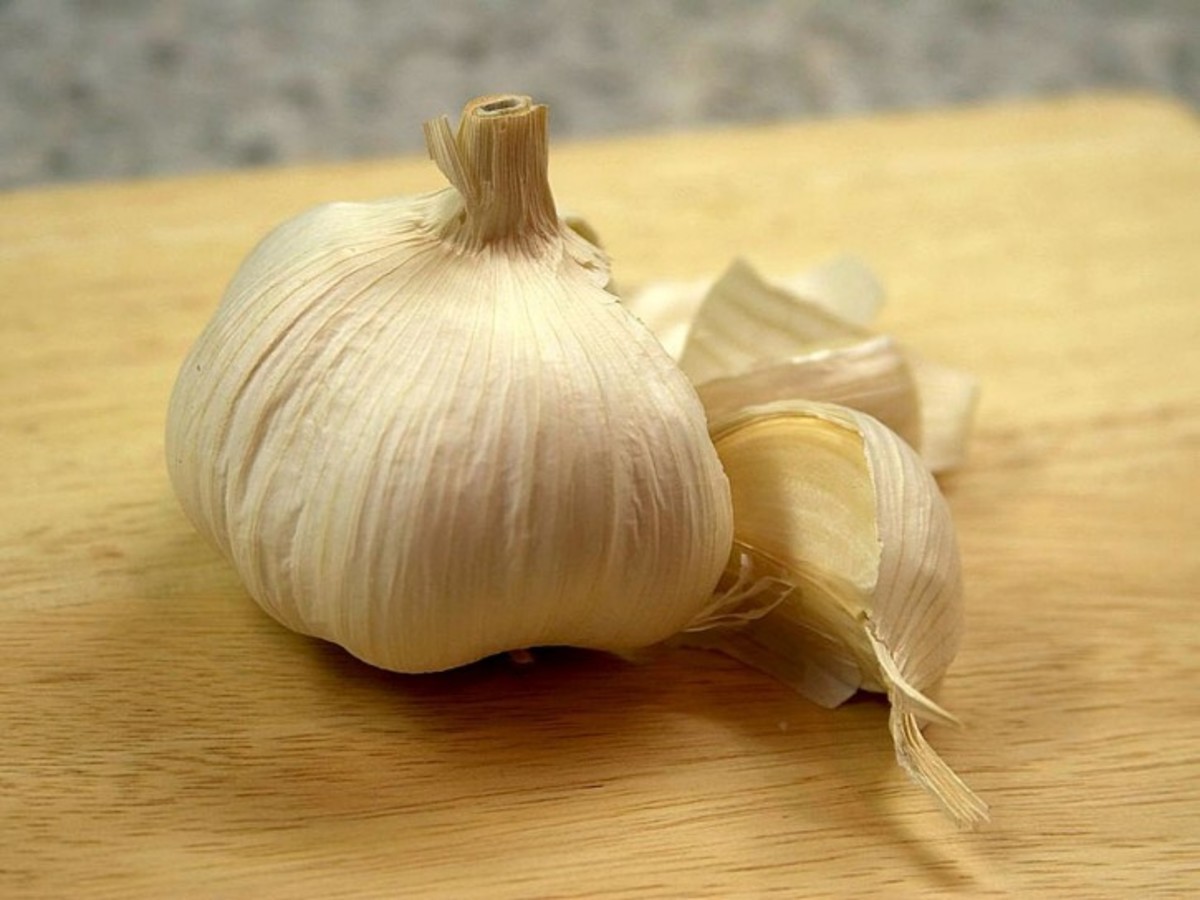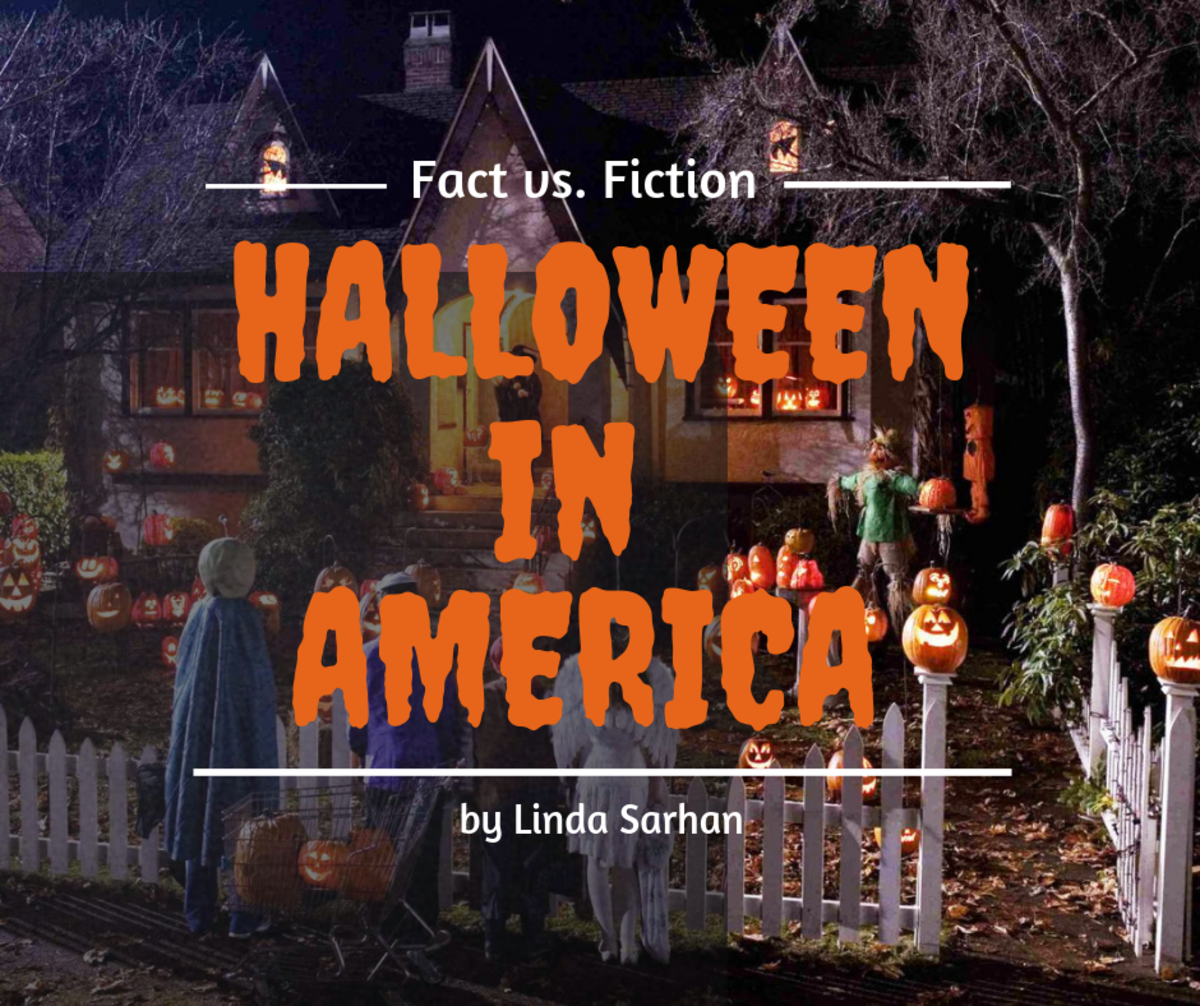Vampires: Folklore vs. Fiction
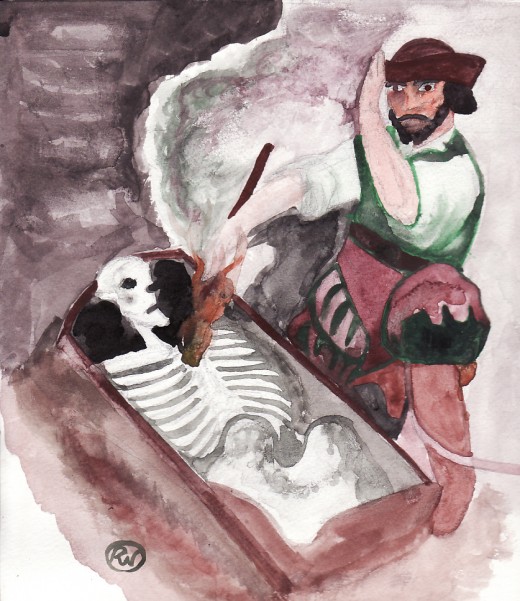
A self-test
The vampire existed in the minds of people long before he became the creature of literature and film we know today. In many parts of the world, for thousands of years, people have believed that corpses actually wander the earth and suck the living dry. Folklore, or legend, is passed down orally and largely anonymously by people who believe it may be true. Test yourself to see if you know which traits of this revenant are from folklore, which from literature that authors and filmmakers created later, and which fit both. The answers are below.
- Vampires are common in Eastern Europe.
- Vlad Tepes the Impaler was believed to have been one.
- Vampires tend to be upper class.
- Vampires do not decompose.
- Vampires have fangs, through which they leave twin puncture wounds on the necks of their victims.
- Vampires must sleep in coffins.
- Vampires can only rest in their native soil.
- Vampires can have half-mortal offspring.
- Vampires visit and attack their next of kin first.
- Vampires can turn into animals.
- Vampires sometimes drink milk rather than blood.
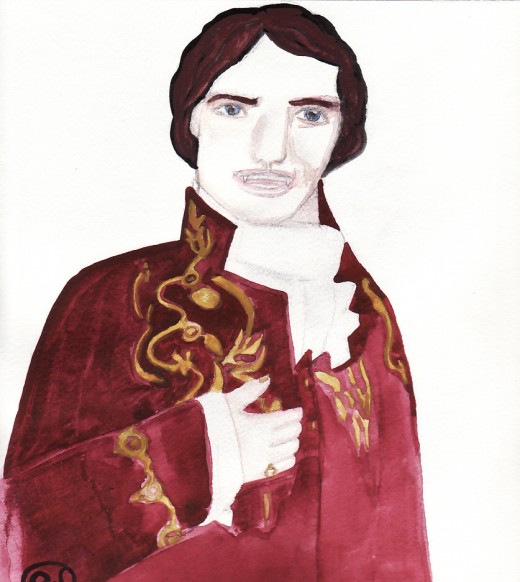
Answers:
- Both. They are also believed to exist in many other parts of the world, but not everywhere.
- Fiction. This Wallachian viovode, or prince, (not a Transylvanian count, contrary to popular belief) was called Dracula (meaning dragon or devil) and cruelly tortured his enemies, but no one thought of him as a vampire until Bram Stoker’s novel. Some rumors claim that his grave was found empty, but that was not until 1931. This Tepes lived from 1431-1476.
- Fiction. Nobles are given proper burials and hence their graves remain undisturbed. The vampires of legend are villagers.
- Both. The tradition that suspected vampires are corpses that will not decompose is apparently based on ignorance of some of the natural phenomena of decay, especially in cases where a body is not given a thorough burial. These bodies when dug up are frequently found to be red or black, bloated, full of red liquid, with blood on the mouth, and emitting an “evil” stench. Not the romanticized picture of the eternal youth so popular in today’s fiction.
- Mostly fiction. The means by which folklore’s vampires suck the life from their victims is not always clear. Sometimes they are said to suck the blood out through the nose. Corpses suspected of being vampires may have prominent teeth because of receding lips.
- Mostly fiction. The tradition of vampire beliefs is actually more common where coffins are not used. The more haphazard the burial, the more likely a corpse is declared a vampire because it tends to show up again.
- Fiction. This was another of Stoker’s inventions. His Count Dracula keeps soil from his homeland in each of the boxes he sleeps in. Incidentally, none of these boxes in the original book is called a coffin.
- Both. It is not unusual for the folkloric vampire to visit his widow or some other lovely woman in the village and have sexual relations with her. Some say that a child born of such a union is born without bones. Others say such a child appears normal but has special powers, such as the ability to detect vampires. The fictional vampire of today offers many options for an author to choose from. There are no hard and fast rules for this creature of imagination.
- Folklore. It is easy to blame the dead for the spread of contagious disease. It is also argued by some psychologists that family members project their own ambivalent feelings on the lost loved one.
- Both. In today’s cliché, they turn into bats, but this is generally a later development due to the discovery in Central and South America of bats that drink blood. In folklore the vampire might become a butterfly or death’s head moth, a wolf, or even a cat.
- Folklore. Folklorist Alan Dundes* believes that the act of drinking is actually more important to the original psychology of the vampire than what the liquid might be. Some vampires suck the breasts of children. Some victimize cows or goats.
* Alan Dundes, “The Vampire as Bloodthirsty Revenant,” in The Vampire, A Casebook
How did you do?
If you got most of these right, you’re on your way to being an expert. If you only got a few, keep hunting!
Recommended Books:
Informative documentary
Helpful links:
- Wikipedia: Vlad the Impaler
- HubPages
HubPages is your online space to share your advice, reviews, useful tips, opinions and insights with hundreds of other authors. HubPages is completely free, and you can even earn online ad revenue!


![Dracula:Fact Or Fiction [VHS]](https://m.media-amazon.com/images/I/21D7RMJH7XL._SL500_.jpg)
